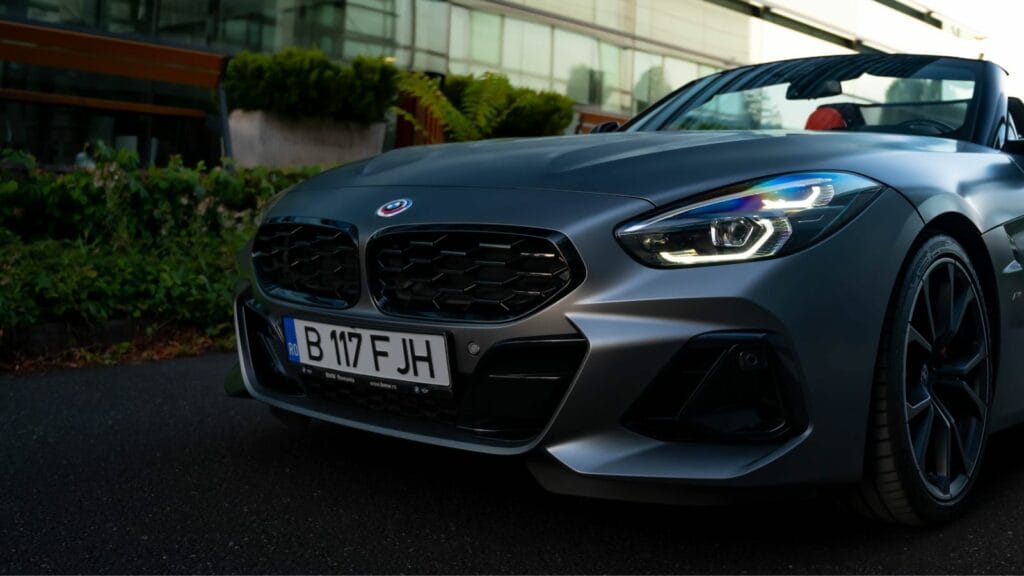Canada’s most trusted car brands are facing a reckoning caused by rising U.S. tariffs, parts shortages, and cross-border logistics that are pushing once-reliable models into price territory that feels distant, even for brand loyalists. Whether it’s a popular sedan, SUV, or compact, the value proposition is shifting, and many household favorites and surprising underdogs are now under pressure. Here are 22 trusted car brands that might no longer be affordable in Canada:
Ford

As Canada’s largest-selling automotive brand, Ford is seeing its reputation tested. With most SUVs and trucks now subject to U.S. tariffs, affecting lines like the Edge, Explorer, and F‑150, Canadian buyers are facing price increases of up to $5,000. These hikes are compounded by rising parts costs and dwindling incentives. Even the dependable Escape and Maverick crossovers are feeling the squeeze. This has resulted in brand loyalty morphing into budget anxiety.
Chevrolet
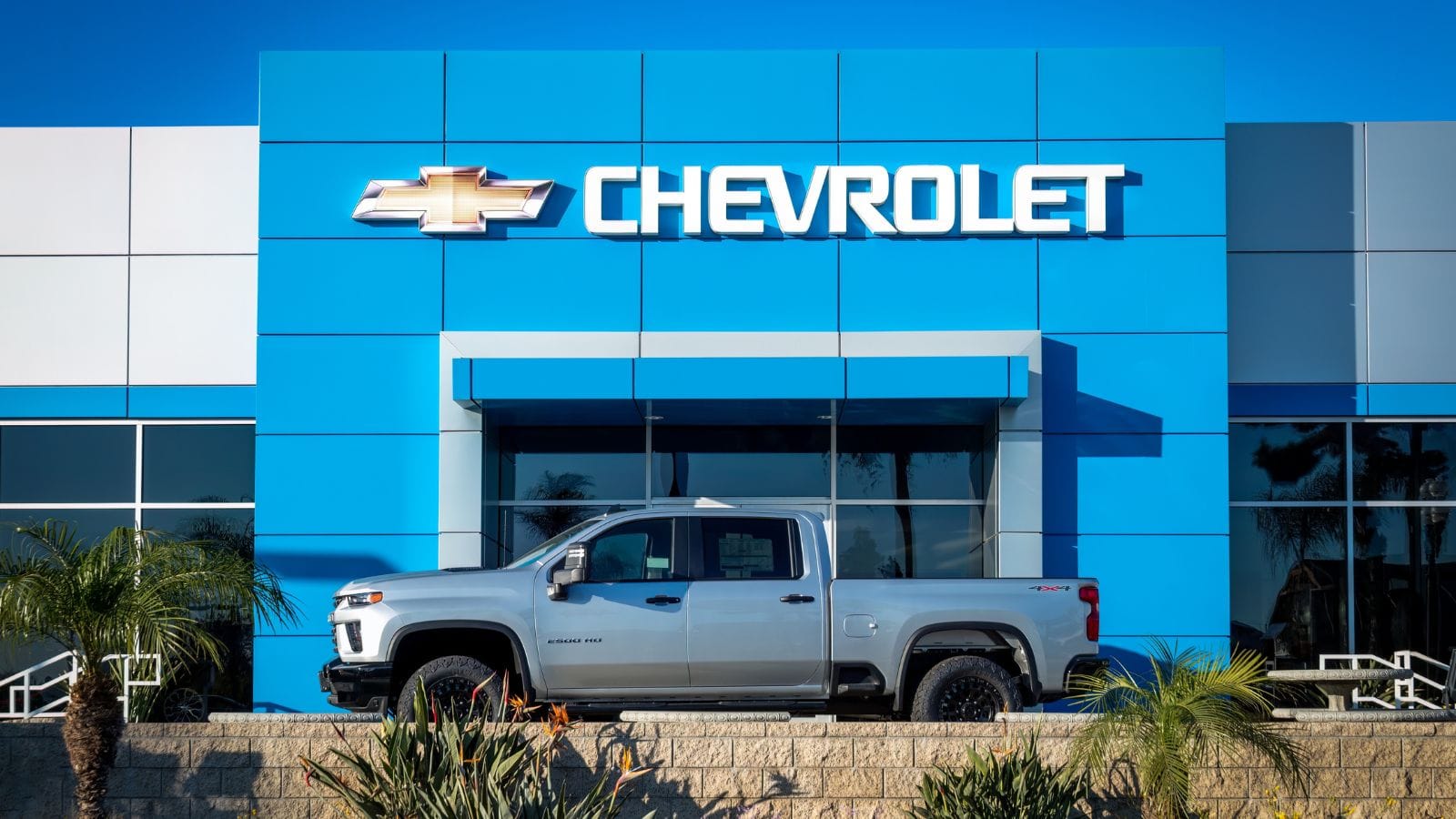
Chevrolet has long been synonymous with dependable vehicles, from the Silverado and Equinox to the Trailblazer and Colorado. However, U.S. tariffs are adding an extra $3,000–$4,500 to its trucks and SUVs, and even Canadian-built models are being affected by rising parts costs. Chevy’s affordable sedans are fading, and support for compact EVs is limited, resulting in buyers questioning the once-straightforward reliability that Canadian drivers counted on.
Honda
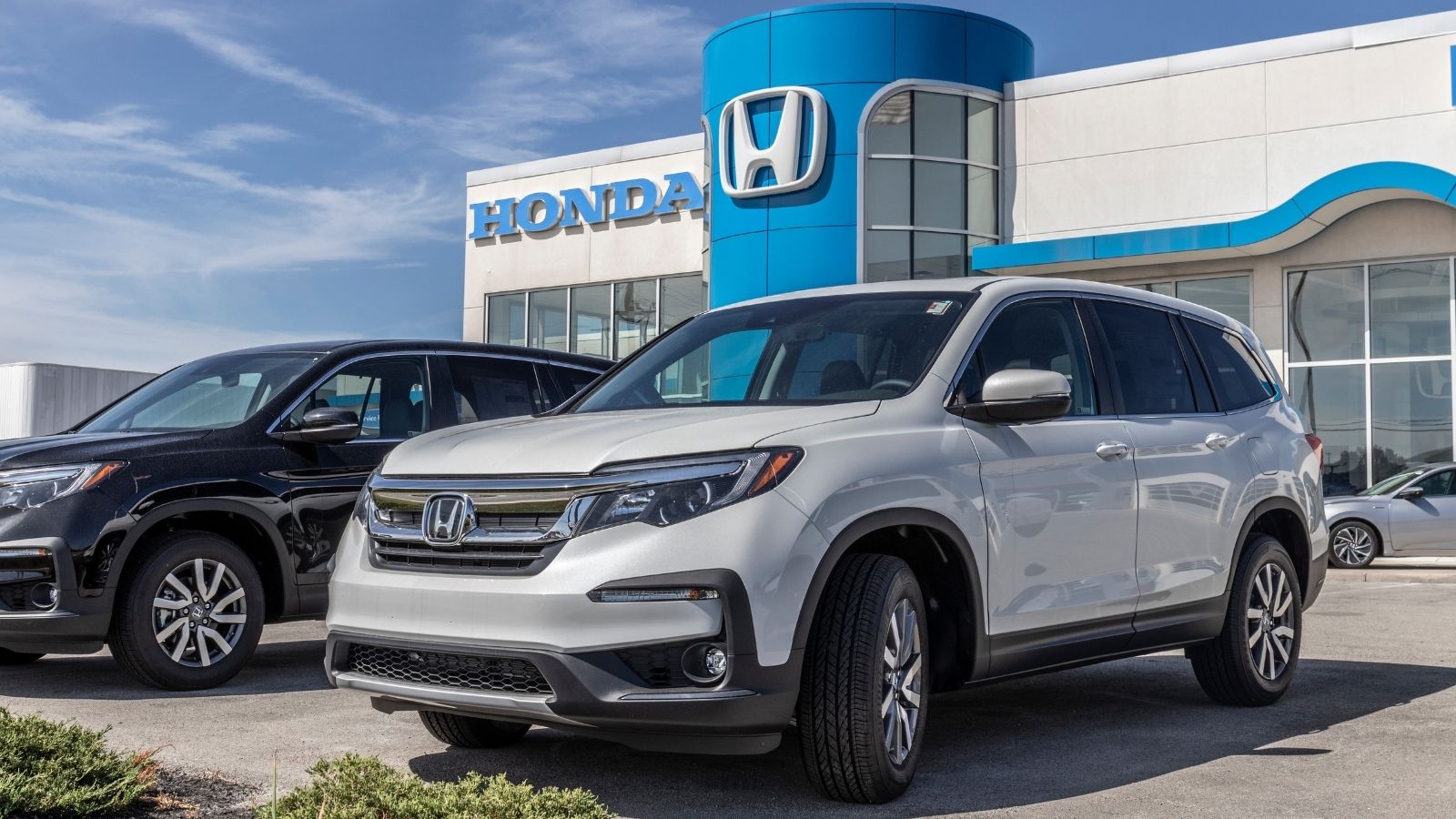
Canada’s favorite Japanese automaker now finds some of its best-selling models under threat. With the Pilot and Passport both assembled in the U.S., tariffs are adding nearly $3,000 to the final MSRP, before finance. The CR-V and Civic still offer substantial value, but parts sourced through U.S. supply chains are inflating repair bills. Increased ownership costs for automobiles, with Honda’s reputation for longevity, could shake loyalty. Even buyers accustomed to low total cost of ownership are reconsidering when the family budget is on the line, and new-car affordability feels distant.
Toyota
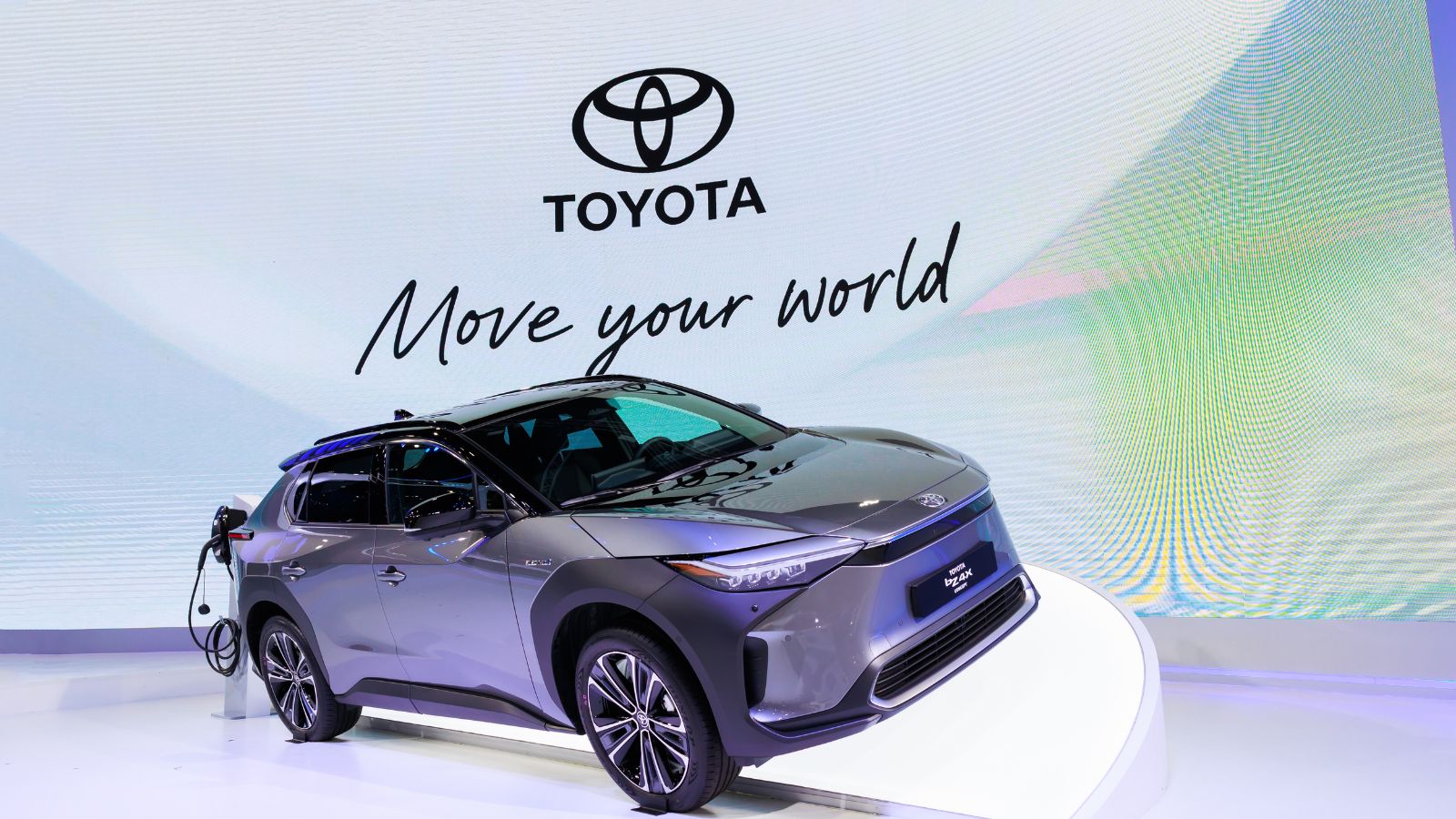
Toyota has been a fortress of reliability and resale value in Canada, but it is not immune to U.S. trade shocks. Popular models, such as the 4Runner, Tacoma, and Highlander, built in U.S. plants, are now facing surcharges of up to $4,500. Meanwhile, Canadian-made Corollas and RAV4s offer more stable pricing, but limited incentives. Hybrid pricing is inflated, and shipping costs are being passed along, even on domestic trims. The brand’s longstanding image of affordability is showing strain, and some buyers are now forced to choose lower-spec trims or pivot to Korean rivals to stay within their budget.
Hyundai
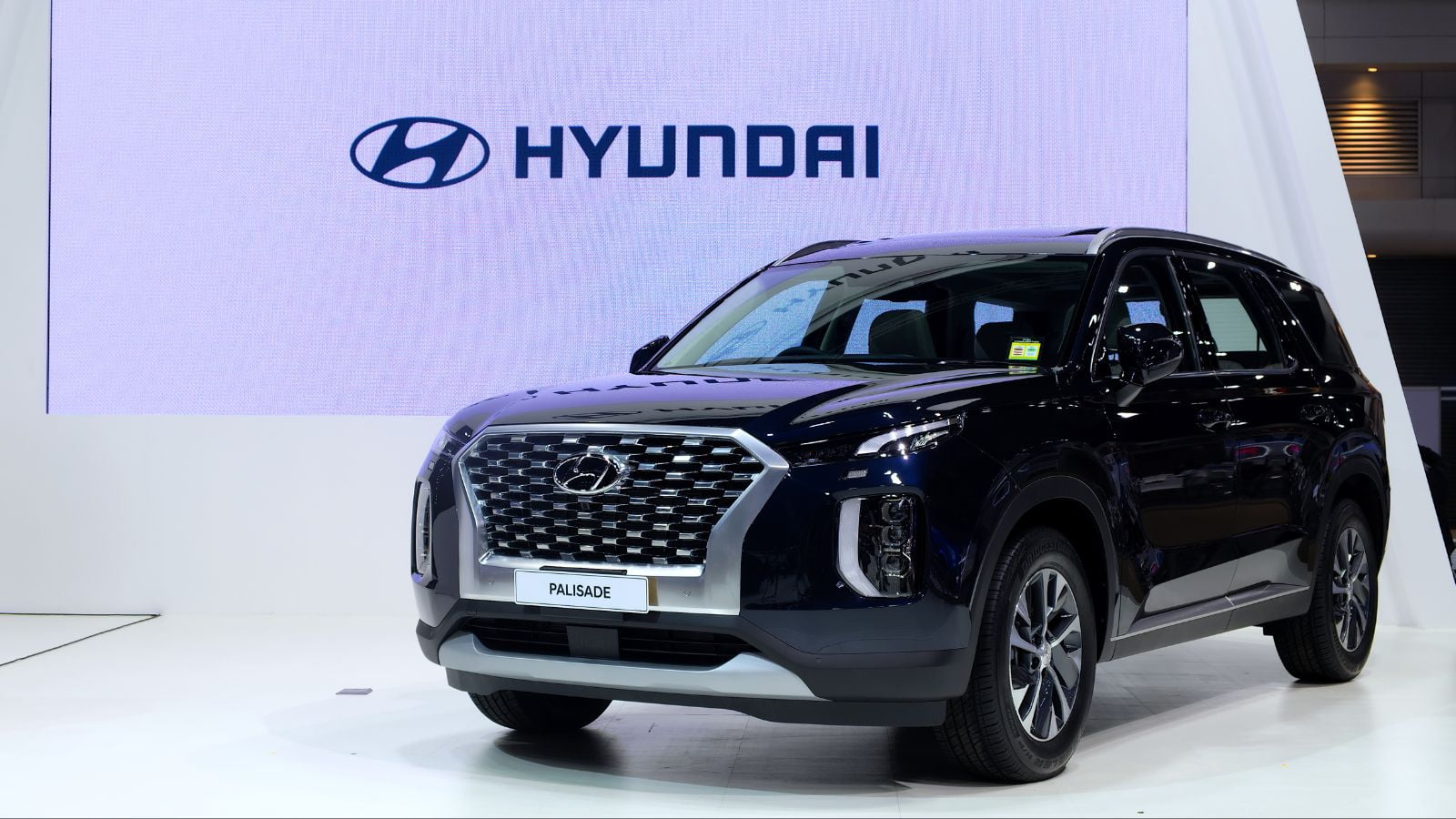
Despite its recent popularity, Hyundai is facing sudden tariff pressure on U.S.-built SUVs, such as the Santa Fe and Palisade. Canadian pricing has increased by $2,000 to $3,500, depending on the trim level and region. The domestically built Elantra and Tucson provide some cushion, but tighter incentives on South Korean imports are shrinking margins. Maintenance parts and accessories are also affected, increasing the cost of ownership. Buyers previously drawn by long warranties and value-focused pricing are being nudged toward pricier territory.
Kia
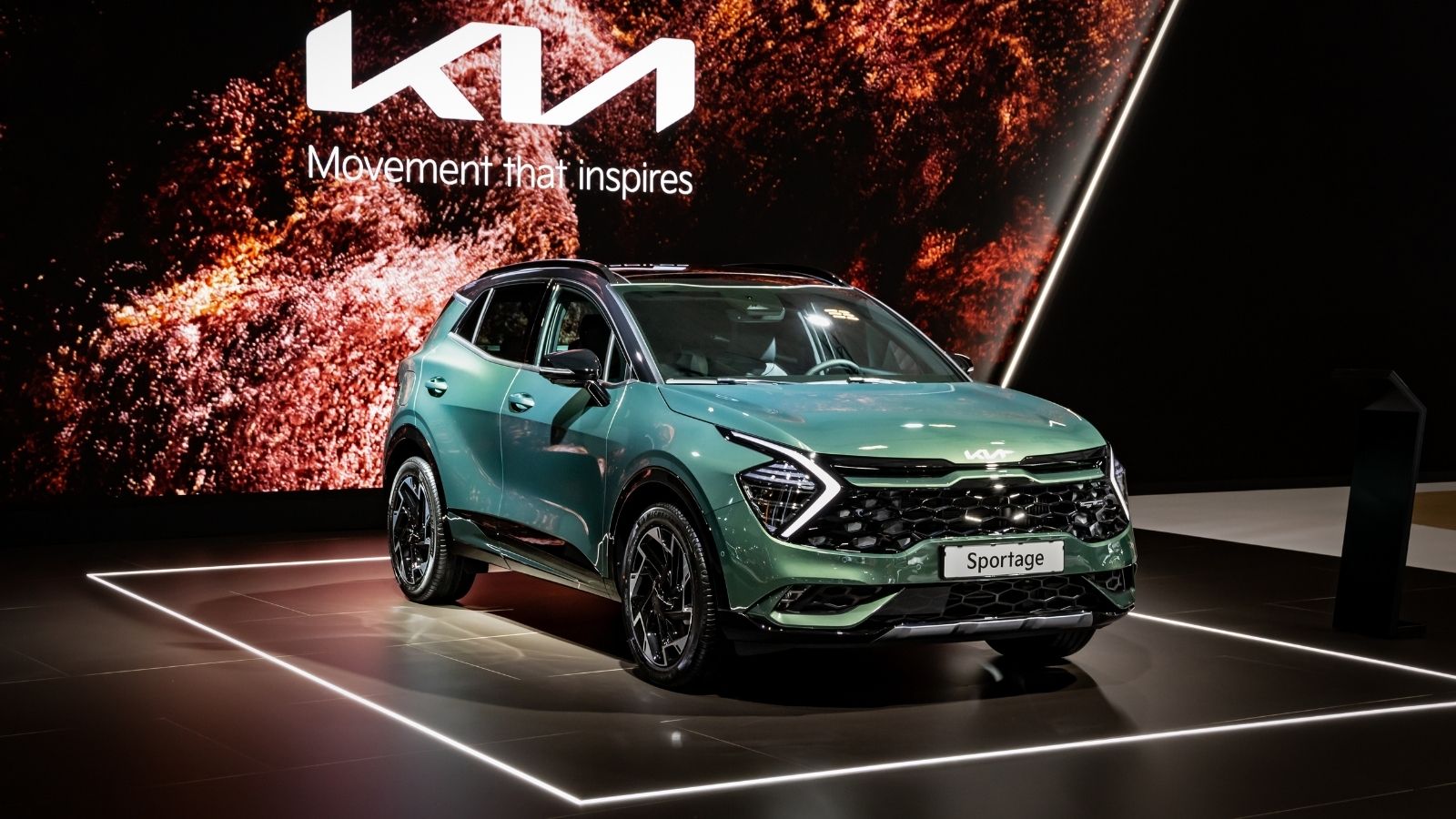
Kia’s family-friendly lineup faces similar challenges, as the Telluride and Sorento, both Hot Canadian picks, are now saddled with $3,000-$4,000 in surcharge pricing due to U.S. assembly. Canadian-built Sportage helps ease the burden, but fewer incentives are available on foreign-made trims. Even the EV lineup, such as the EV6, is affected by battery-related tariffs, and although Kia’s long warranty still supports value, higher monthly payments are eroding affordability. It may prompt buyers to reconsider or downgrade, signaling that Kia’s upward momentum could stall as trade costs reshape the market.
Nissan
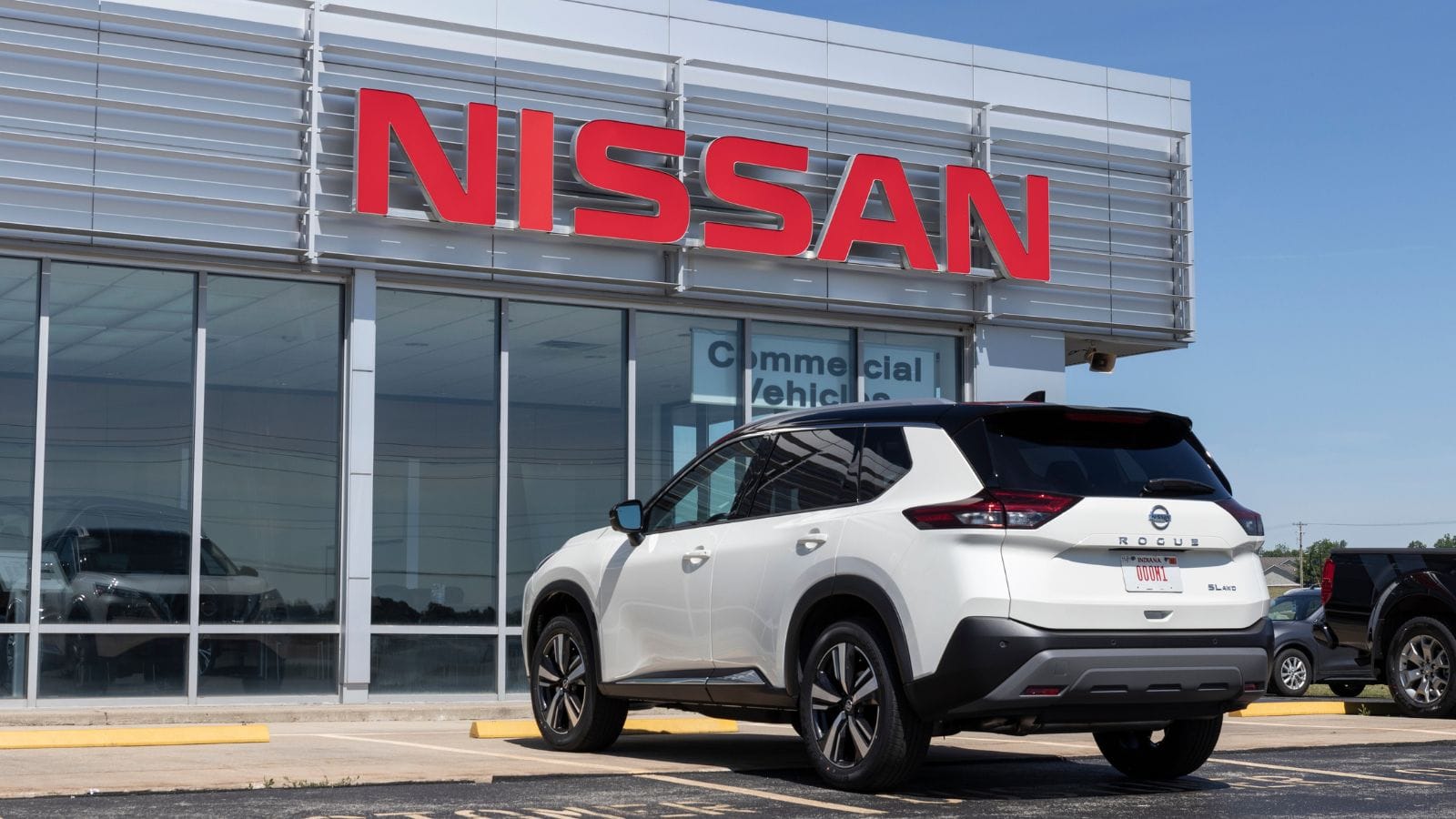
Nissan’s presence in Canada has always been built on affordability and practicality, but tariff hikes are eroding that value. U.S.-built models like the Pathfinder, Murano, and Frontier are now seeing $2,500-$4,000 increases, and even Canadian-assembled Rogues and Sentras are not immune, with parts and logistics costs rising sharply. The Leaf EV, once a reasonably priced entry point into electrification, is facing inflation on imported components. With fewer dealer incentives and higher financing rates, Nissan buyers are being forced to make tough decisions of either downgrading trims or considering alternative brands that still offer price stability.
Subaru
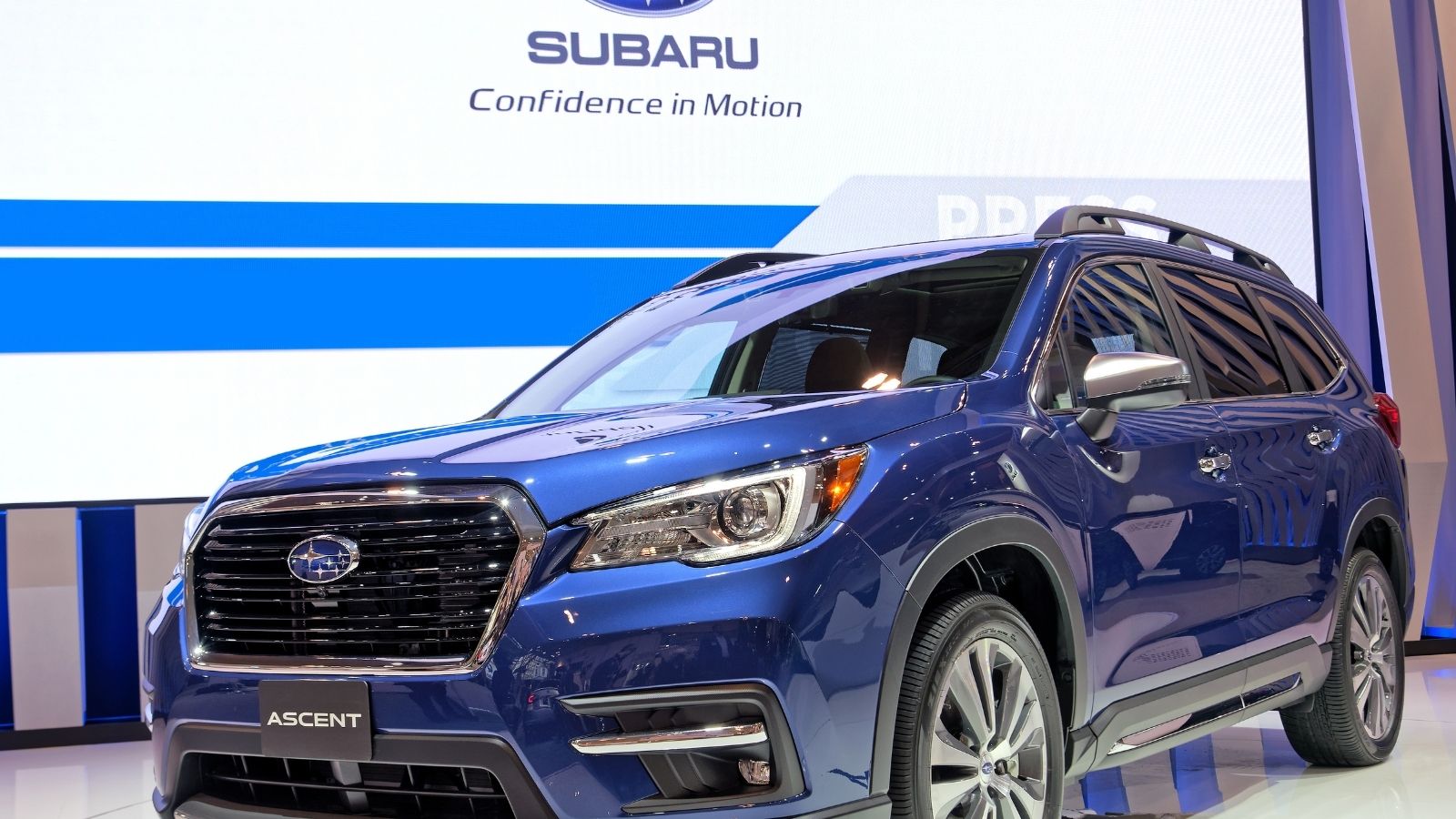
Subaru has built a loyal Canadian following through winter-ready AWD vehicles like the Outback and Forester. However, with most models assembled in the U.S., tariffs have added $3,000 or more to the final price. The Crosstrek, built in Japan, faces higher import costs and limited inventory, especially in hybrid trims. Subaru’s niche as a rugged yet affordable brand is now being tested, with rising MSRPs edging the brand closer to premium competitors. As a result, many families who have counted on Subaru’s reliability and performance are rethinking their next vehicle, as tariffs reshape what value truly means.
Volkswagen
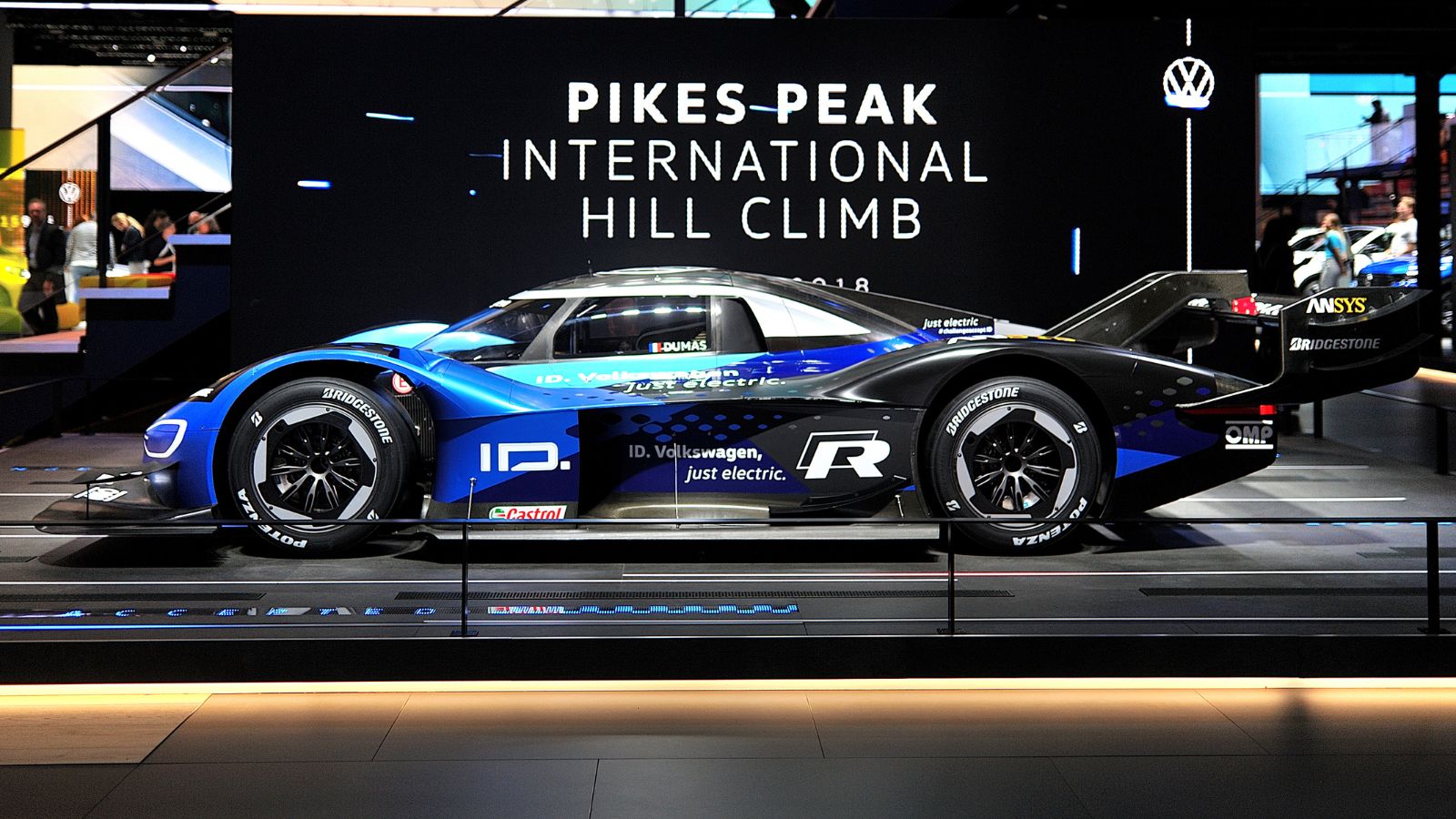
Volkswagen’s compact cars and crossovers, such as the Tiguan and Atlas, have long offered European design at mainstream pricing. However, with the Atlas assembled in the U.S., tariffs are now increasing its Canadian sticker price by up to $4,000. At the same time, even the Mexico-built Jetta and Taos are affected by cross-border friction and part cost inflation. VW’s ID.4 EV, a potential volume seller, is subject to uncertain pricing due to shifting battery import rules. For Canadians who once saw Volkswagen as an upscale yet attainable brand, affordability is fading fast as trade policy reshapes the value equation.
Mazda
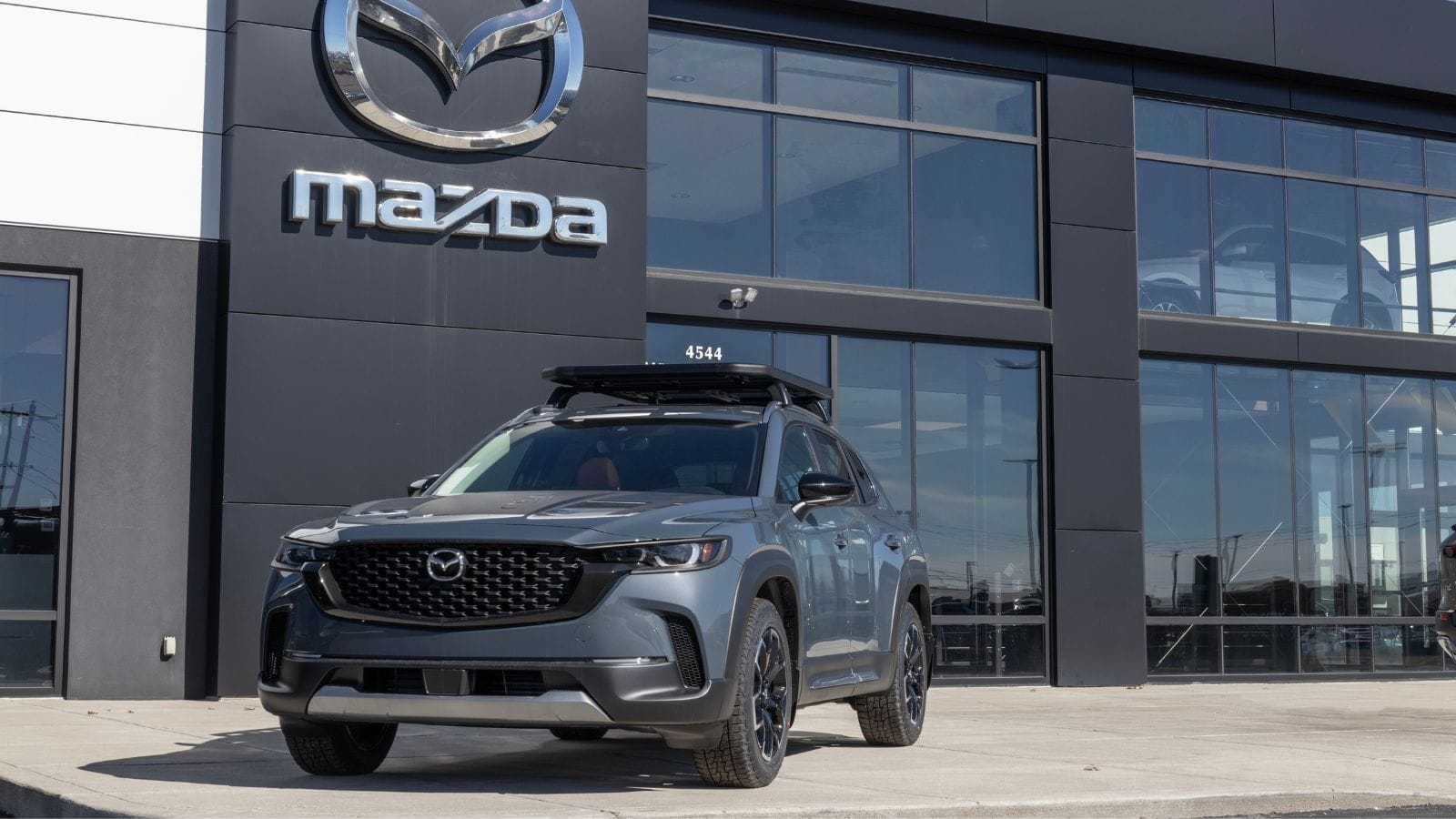
Mazda earned Canadian loyalty by combining sleek styling with reliable performance, all at accessible price points. However, with the CX-5 and CX-50 now assembled in the U.S., they are both absorbing tariff-related costs that add $2,500 to $3,500 to Canadian retail prices. Parts for older Mazda models are also becoming increasingly expensive, affecting long-term ownership costs. While the Japan-built Mazda3 remains competitively priced, fewer incentives and tight inventories make even basic trims feel more expensive.
Jeep
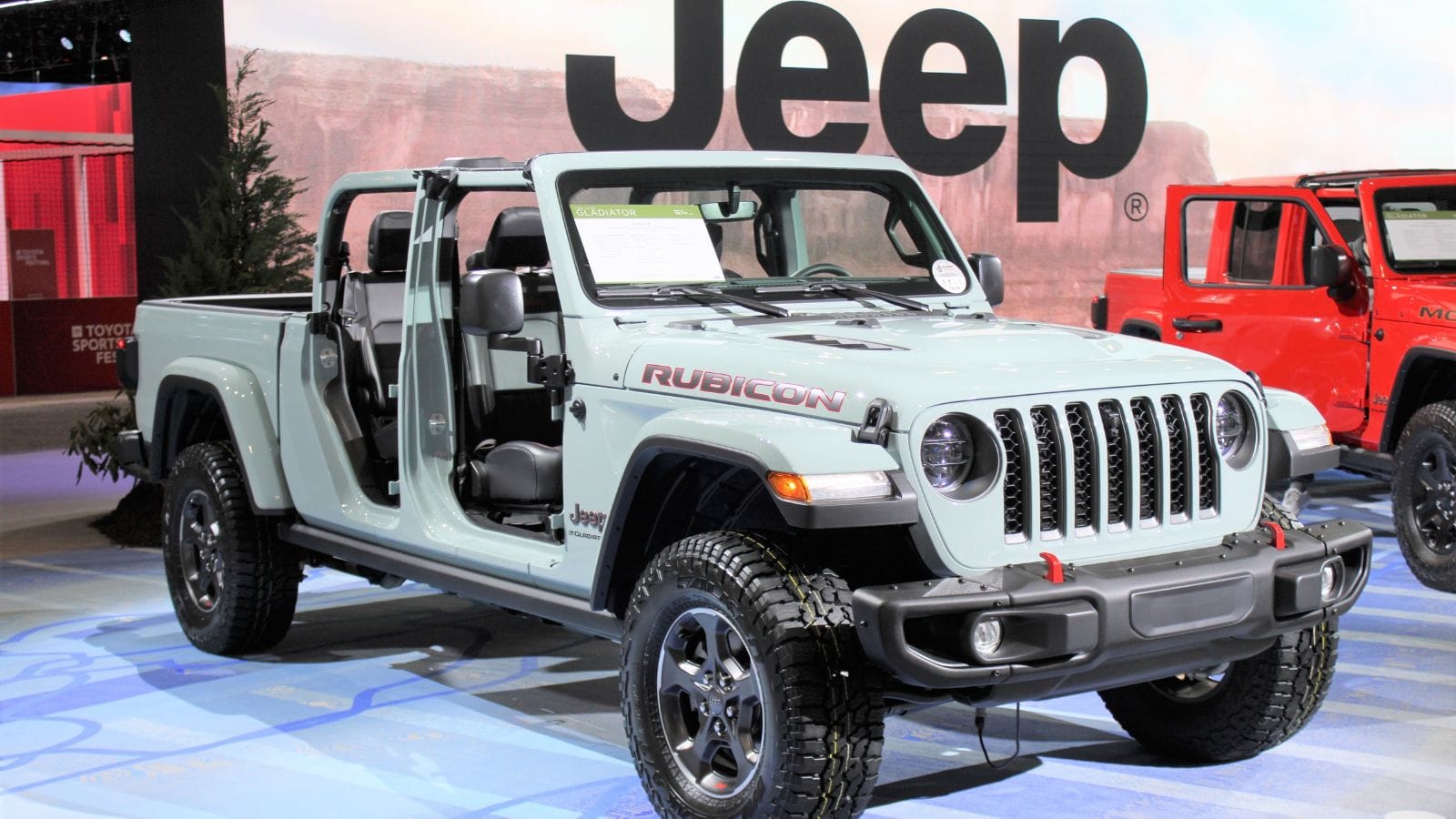
Jeep has always sold on capability and adventure, and models like the Wrangler and Grand Cherokee are Canadian favorites. However, with all major models produced in the U.S., they are directly impacted by tariffs, which can raise prices by up to $5,000, depending on the trim level. The Compass and Renegade, once seen as entry points into the brand, now straddle the price line of more refined crossovers. Combined with rising fuel costs and less generous lease offers, Jeep’s rugged appeal is becoming an expensive proposition for many Canadians who once saw the brand as accessible.
GMC
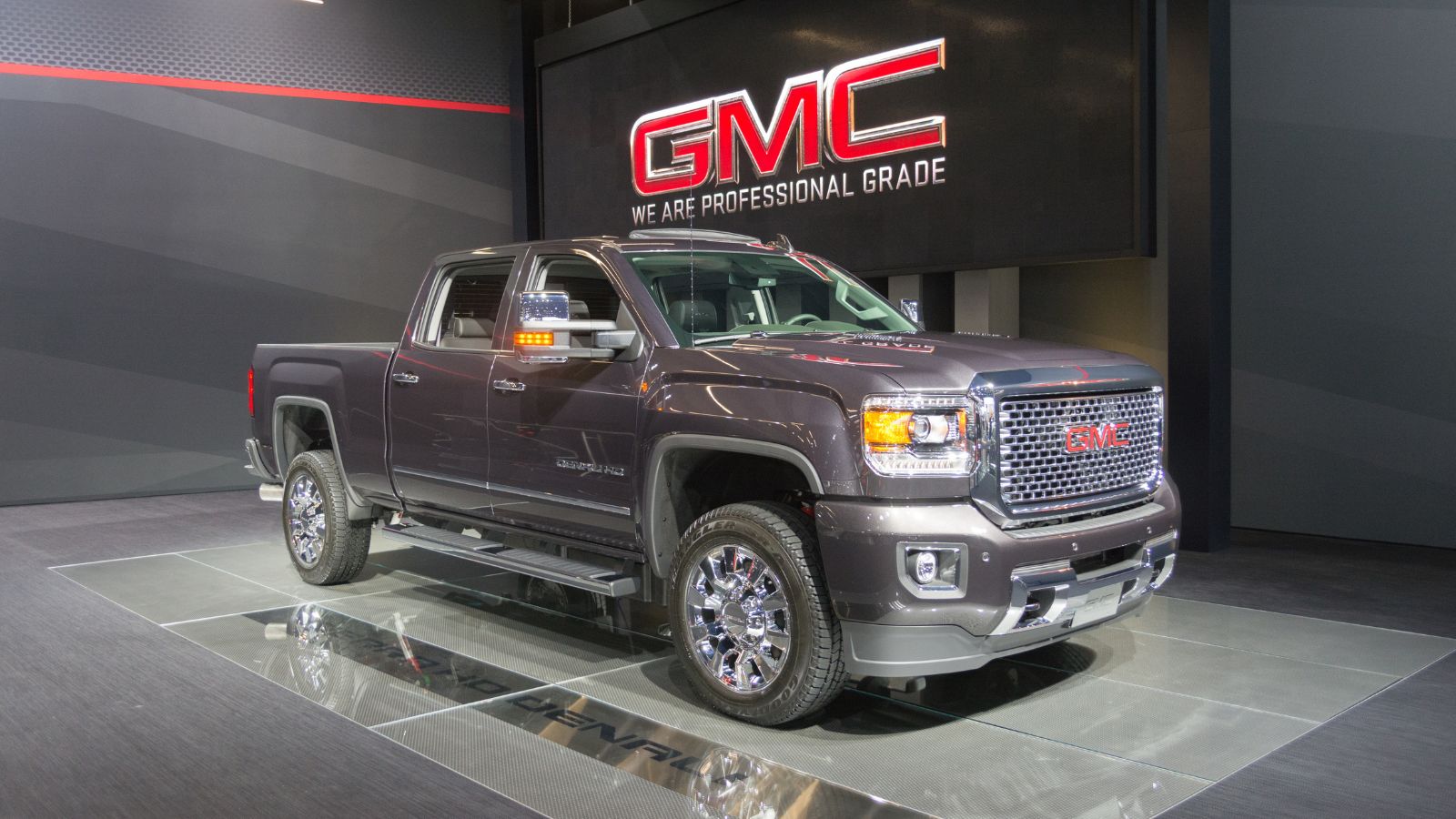
GMC’s upscale truck and SUV lineup, including the Sierra, Yukon, and Terrain, faces the full force of tariff surcharges due to U.S. production. Canadian dealers are now quoting MSRPs up to $6,000 higher than last year, especially on Denali and AT4 trims. Meanwhile, supply constraints and increased part costs are making repairs and service pricier as well. While loyal buyers value the brand’s premium touches and towing capability, many are questioning whether GMC still fits into a realistic household budget. As competition intensifies from imports, even longstanding customers are pausing before committing.
Ram
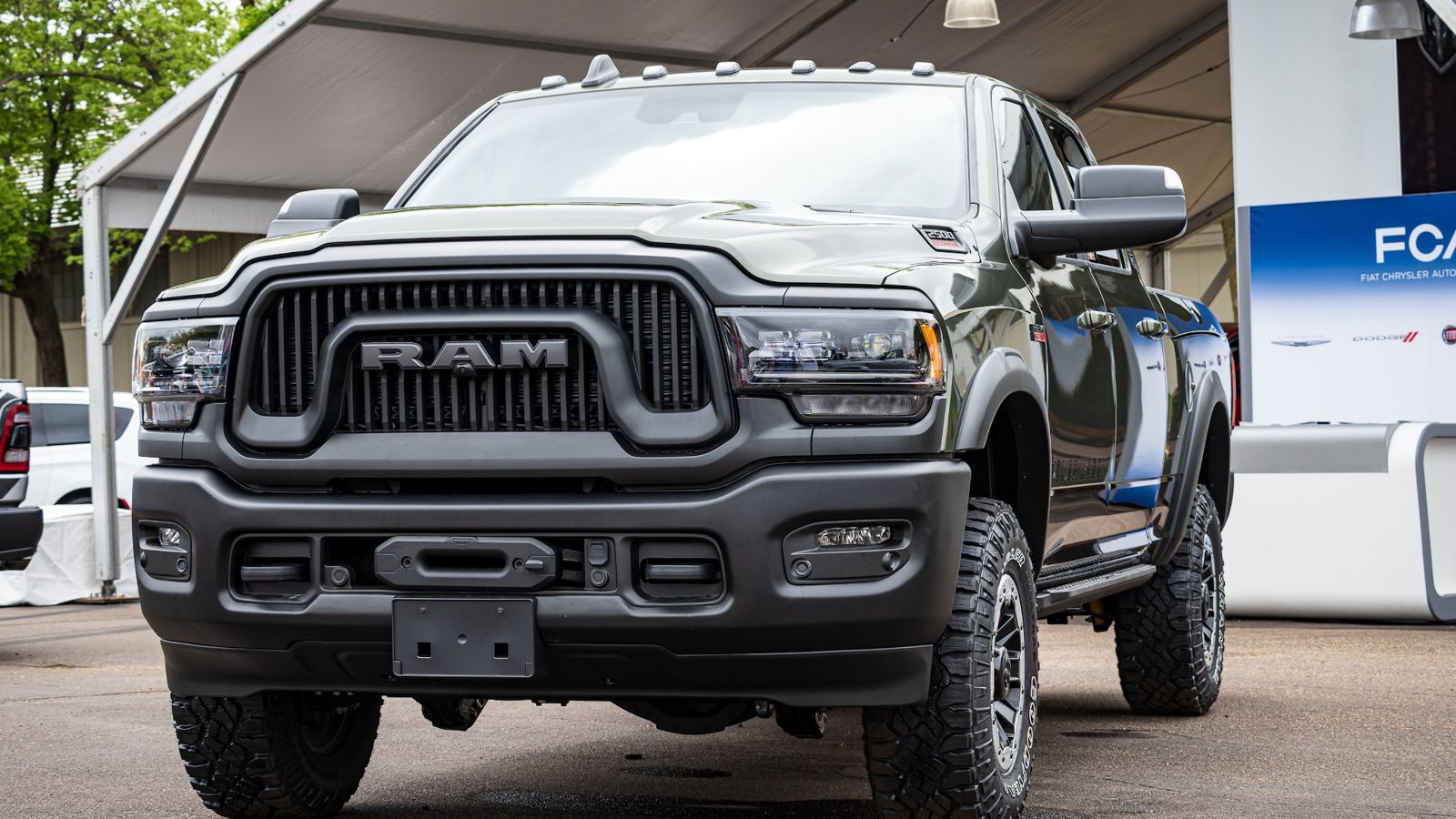
Ram’s 1500 pickup, a staple of Canadian worksites and households, is becoming increasingly expensive. With assembly centered in Michigan and parts sourced from across North America, tariff pressures are pushing final MSRPs well beyond previous norms, up to $5,000 or more in some trims. Heavy-duty models and commercial vans are also affected, and even mid-level trims now resemble premium pricing. For tradespeople and businesses that depended on Ram for value and performance, that affordability gap is closing.
Lexus
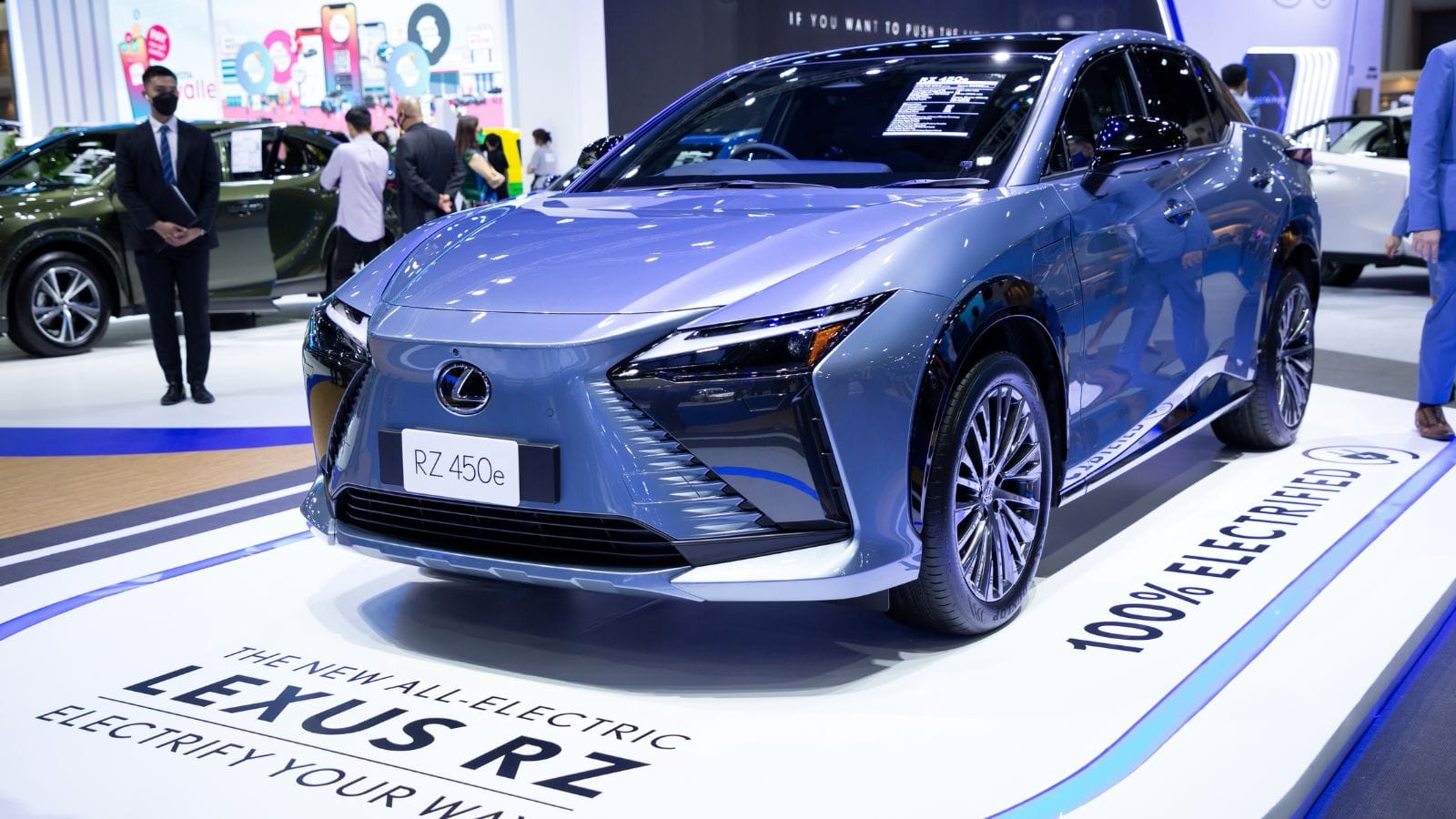
Lexus has built its Canadian success on premium dependability without European-level pricing. However, many of its most popular models, such as the RX and NX SUVs, are now U.S.-assembled and bear a tariff markup exceeding $4,000. Japan-built sedans like the ES and IS face parts-related inflation and reduced availability, but even the hybrid trims, a longtime Lexus strength, are now more expensive due to import restrictions on batteries. With discounts shrinking and leasing terms tightening, Lexus may soon lose its edge as the affordable luxury brand.
BMW
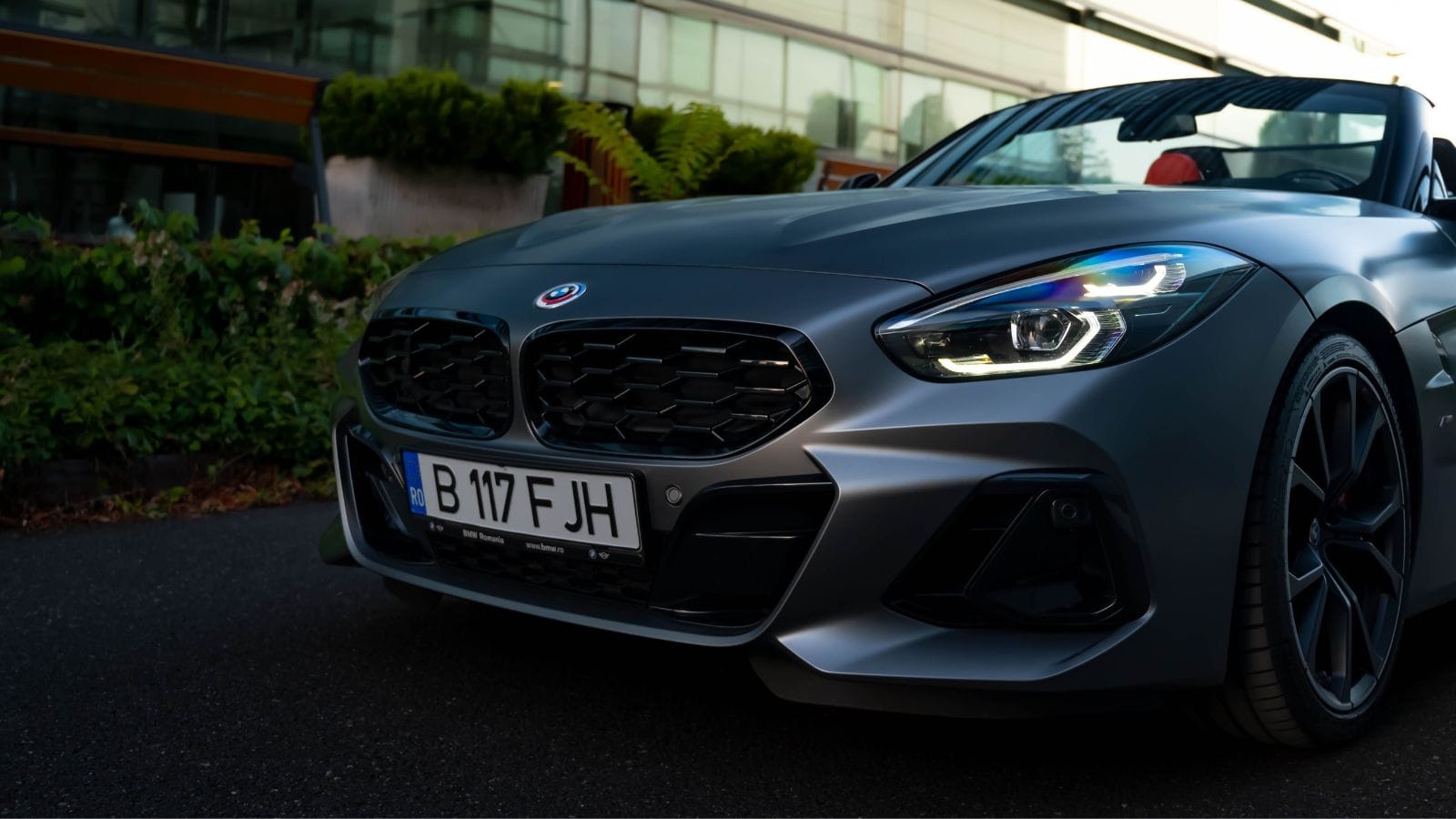
BMW’s Canadian fan base has traditionally relied on strong lease incentives and cross-border deals to make ownership affordable. But with key models like the X3 and X5 built in the U.S., Canadian buyers are seeing price hikes between $4,000 and $6,000. Increased shipping costs and limited dealer flexibility further erode affordability; even sedans assembled in Germany are experiencing delays and parts surcharges. For middle-class Canadians who had stretched to own “the ultimate driving machine,” new realities are forcing a reconsideration.
Mercedes-Benz
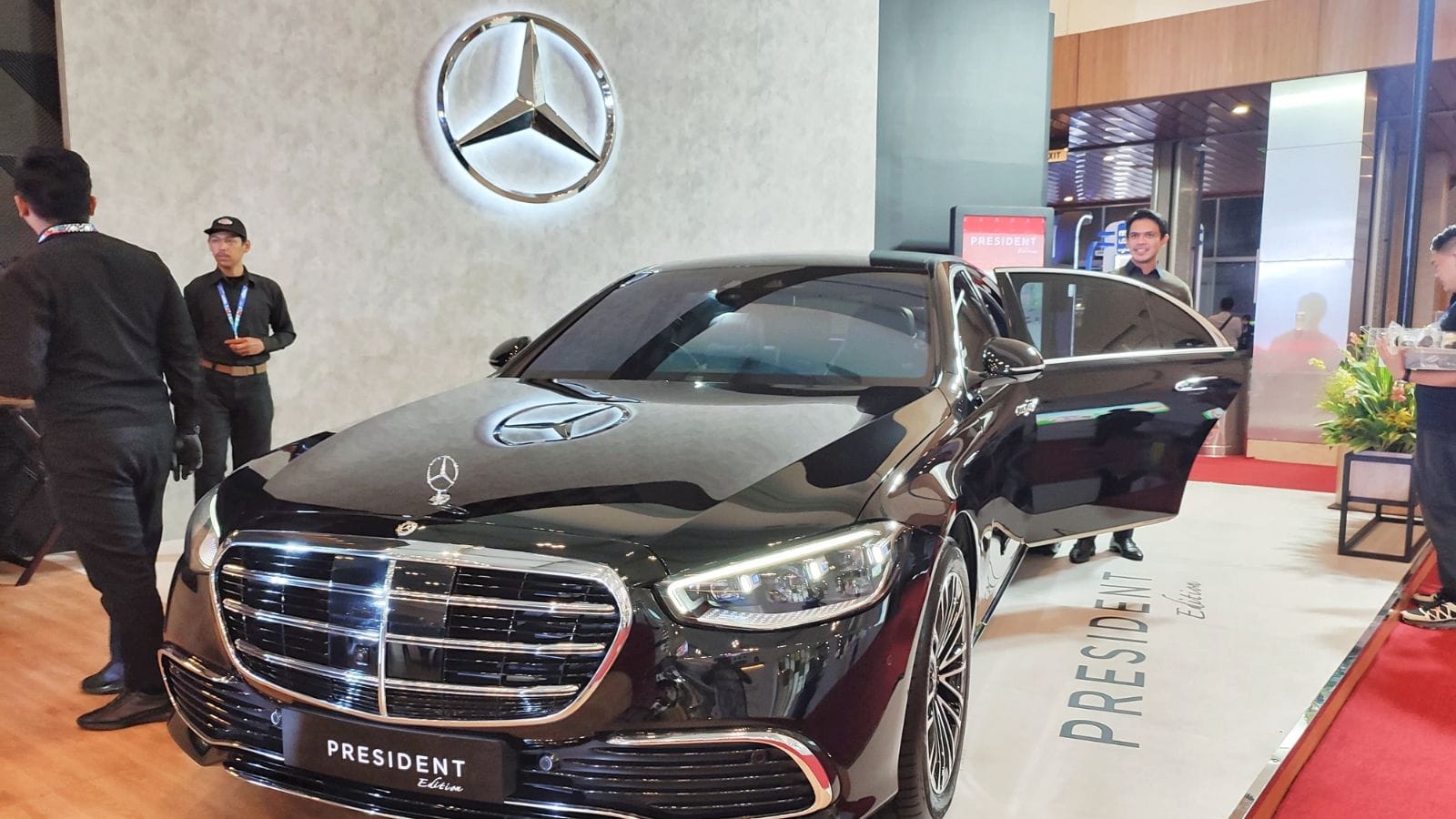
Mercedes has long walked the line between luxury and attainability for Canadian drivers, but that line is vanishing fast. SUVs like the GLE and GLS, produced in Alabama, now face heavy tariff-related surcharges, as prices on these models have increased by $5,000 or more, depending on the configuration. Import delays from Europe are also affecting sedans like the C-Class. Even certified pre-owned inventory is tightening, with higher interest rates compounding the pain. The prestige remains, but its value is no longer what it once was.
Acura
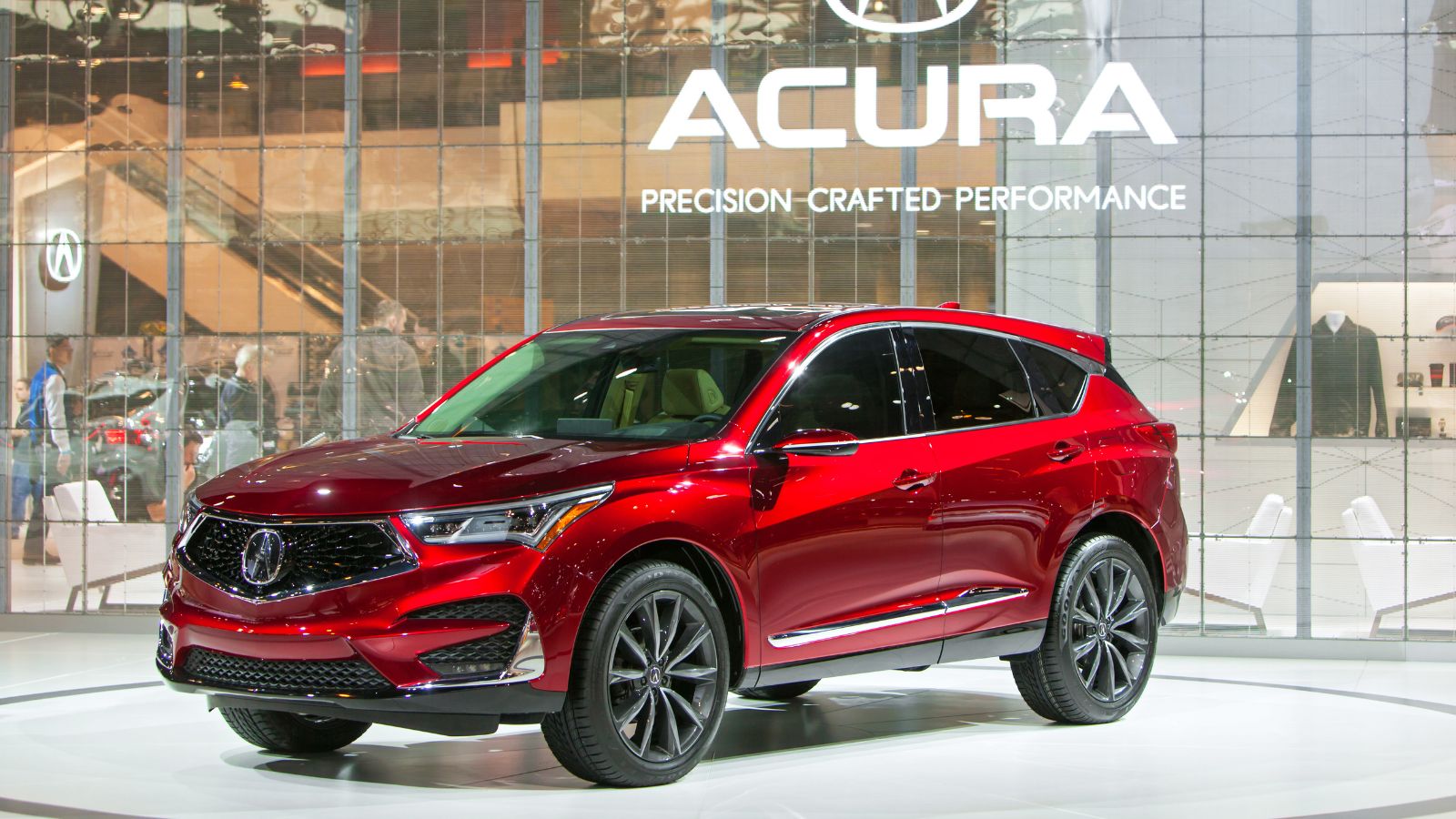
Acura has appealed to Canadians with a blend of Honda reliability and near-luxury refinement, but rising trade costs are closing that affordability window. U.S.-built models, such as the MDX and RDX, are now more expensive by $3,500 to $5,000 due to tariffs, and hybrid trims and limited-run performance models are even harder to obtain. Parts and service costs have risen, and incentives are shrinking across the board. The brand’s reputation for offering luxury without the luxury pricing is fading, and with rivals like Genesis undercutting them on pricing, Acura’s core value proposition is in serious jeopardy.
Tesla
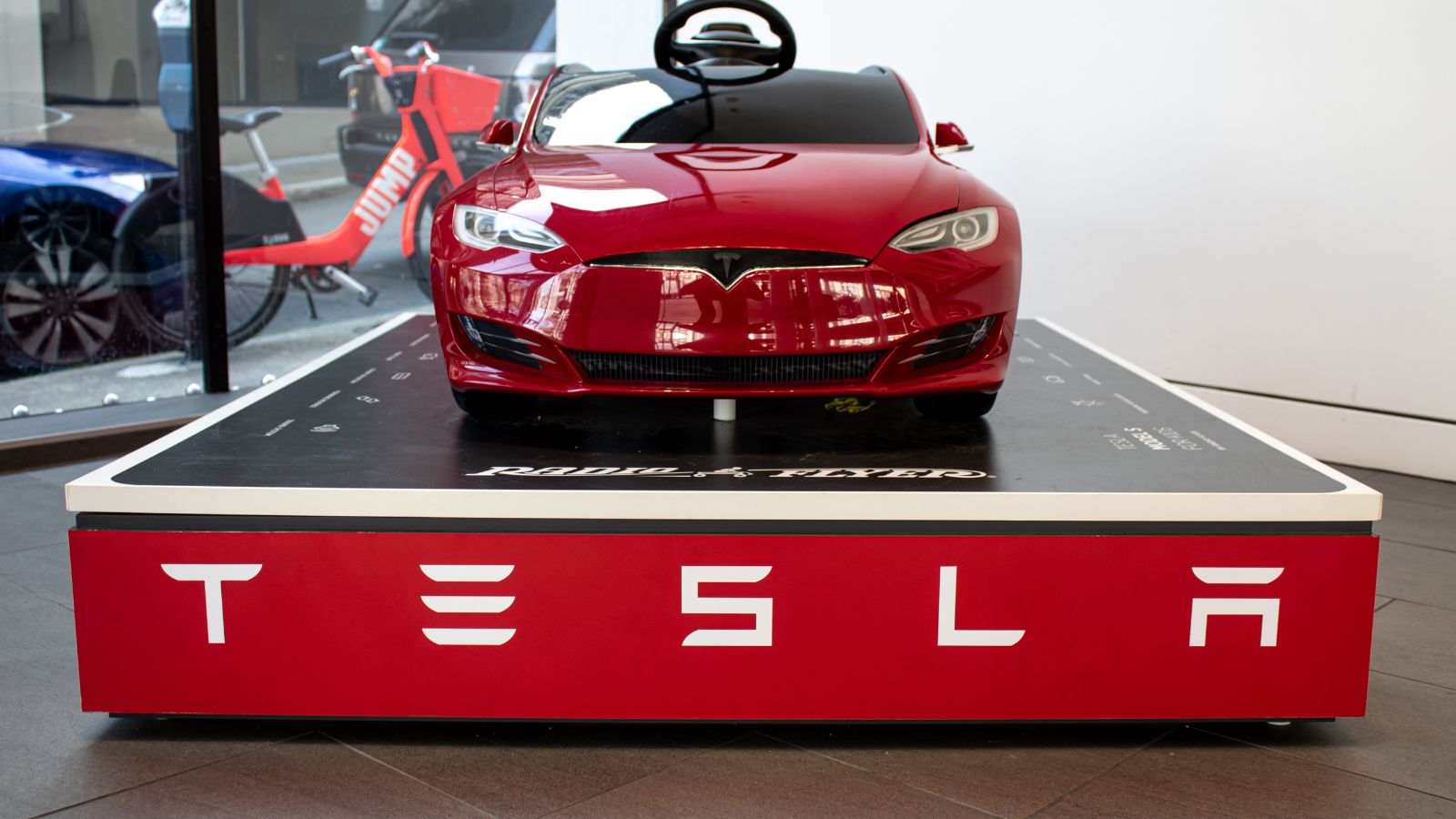
Tesla’s Canadian pricing used to benefit from global supply flexibility and federal EV incentives. However, U.S. production and shifting tariffs on battery components have increased the prices of the Model Y and Model 3. With fewer government rebates and reduced inventory, Canadians are finding it harder to justify entering Tesla ownership. Repairs are notoriously expensive, and long wait times for parts have only worsened. As Chinese and Korean EV brands begin to encroach on Tesla’s market share, the price premium may no longer seem justified to Canadians seeking clean energy on a budget.
Buick
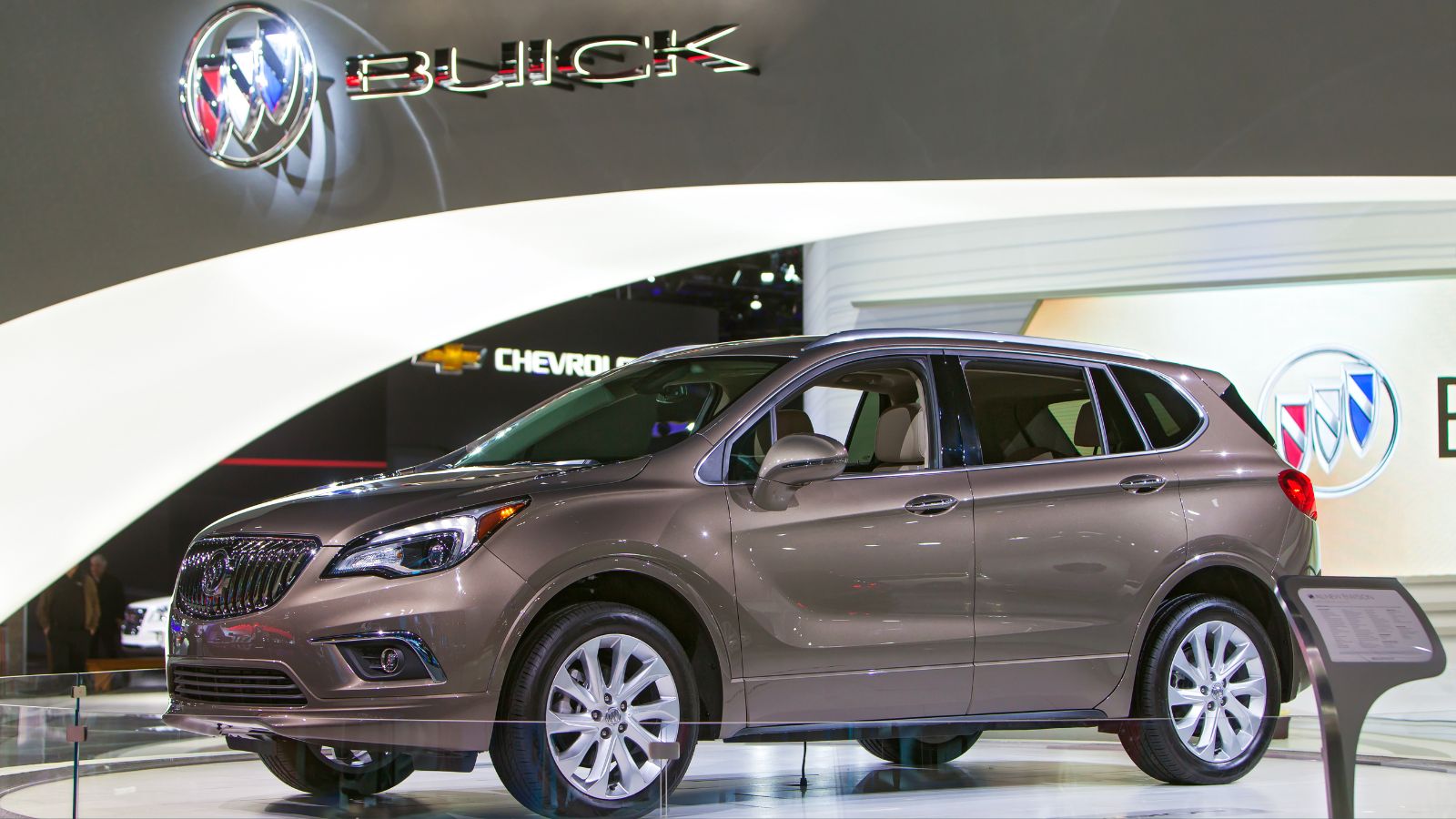
Buick, once considered GM’s premium sleeper brand, has lost much of its foothold in Canada. With its key models, such as the Enclave and Encore GX, manufactured in the U.S., tariffs are nudging prices upward by $3,000 to $4,500. The limited availability of new inventory and declining dealer networks in Canada are further eroding the brand’s relevance. Additionally, the brand’s aging lineup and uncertain EV roadmap have also deterred younger buyers. Once an affordable luxury alternative to Lexus and Acura, Buick is now caught in a no-man’s-land of rising prices and shrinking appeal.
Lincoln
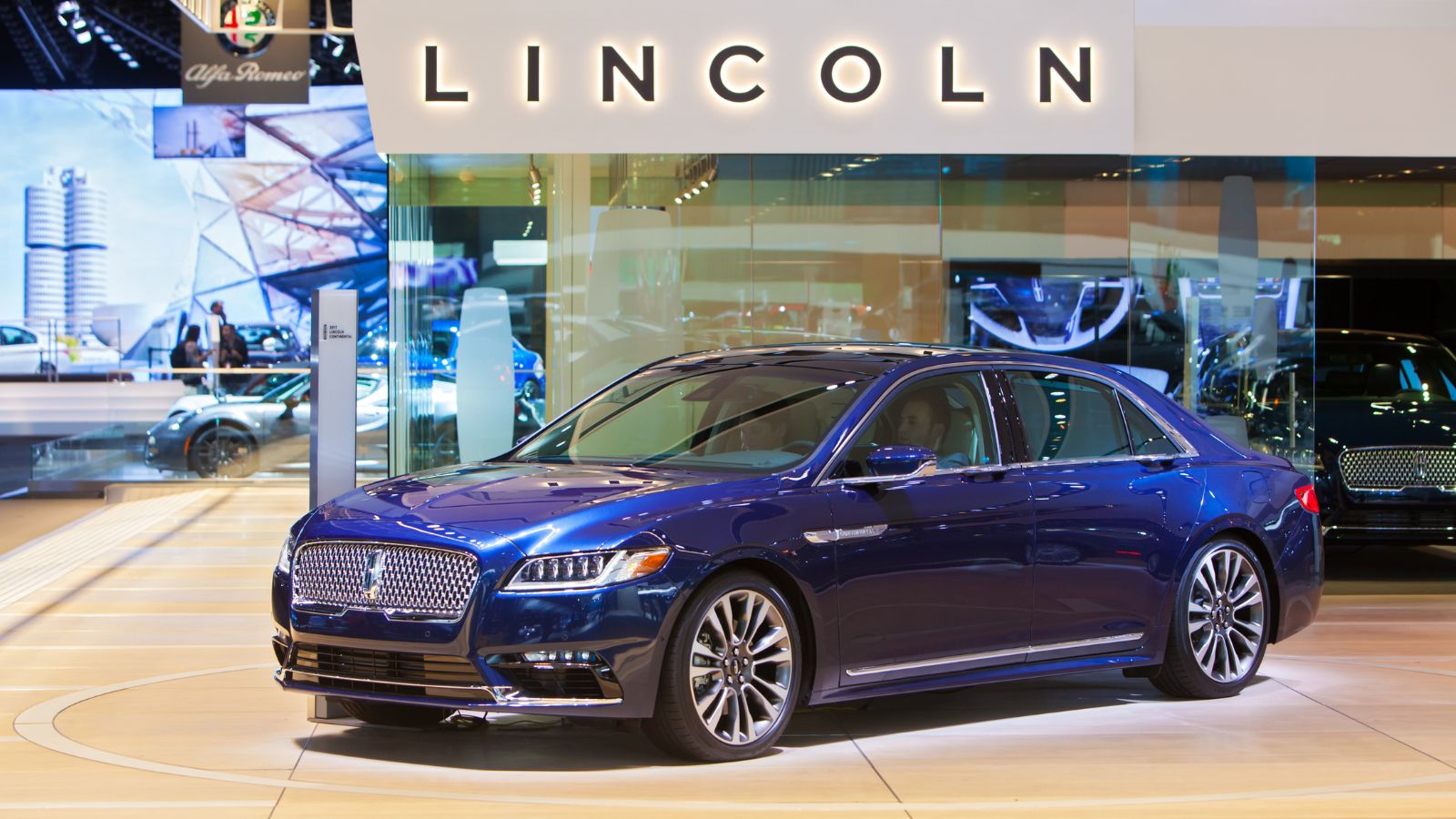
Lincoln’s quiet renaissance in Canada is being undercut by aggressive tariff pressure. With its luxury crossovers and SUVs, like the Nautilus and Aviator, built in the U.S., tariffs are inflating prices beyond what many buyers are willing to pay. Even previously competitive lease rates are drying up, pushing the brand closer to Cadillac pricing without the same level of demand. Canadians who considered Lincoln a smart, under-the-radar luxury buy are now looking elsewhere. While comfort and features remain top-tier, affordability and inventory are both taking serious hits.
Volvo
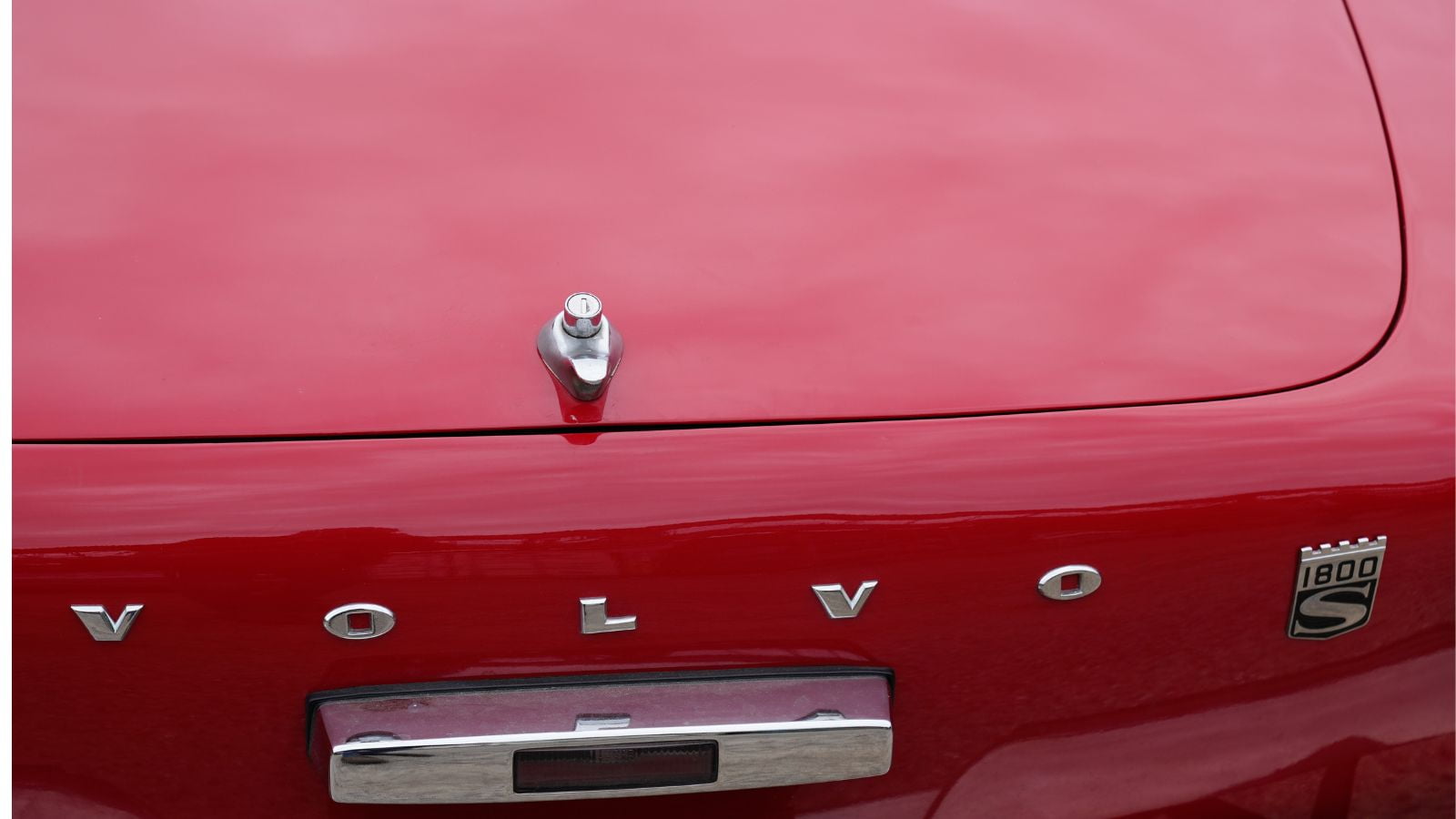
Volvo’s Scandinavian flair and focus on safety used to come with reasonable pricing for Canadians. However, production in U.S. plants, particularly for the XC60 and S60, is resulting in significant tariff burdens. Price increases between $4,000–$6,000 have been reported, particularly on higher trims and hybrid models. Even imports from Sweden are affected due to complex supply routes and part shortages. For buyers who saw Volvo as an alternative to German luxury, the pricing advantage is evaporating. Unless subsidies or trade talks improve, the Volvo nameplate may retreat further into niche territory.
Genesis
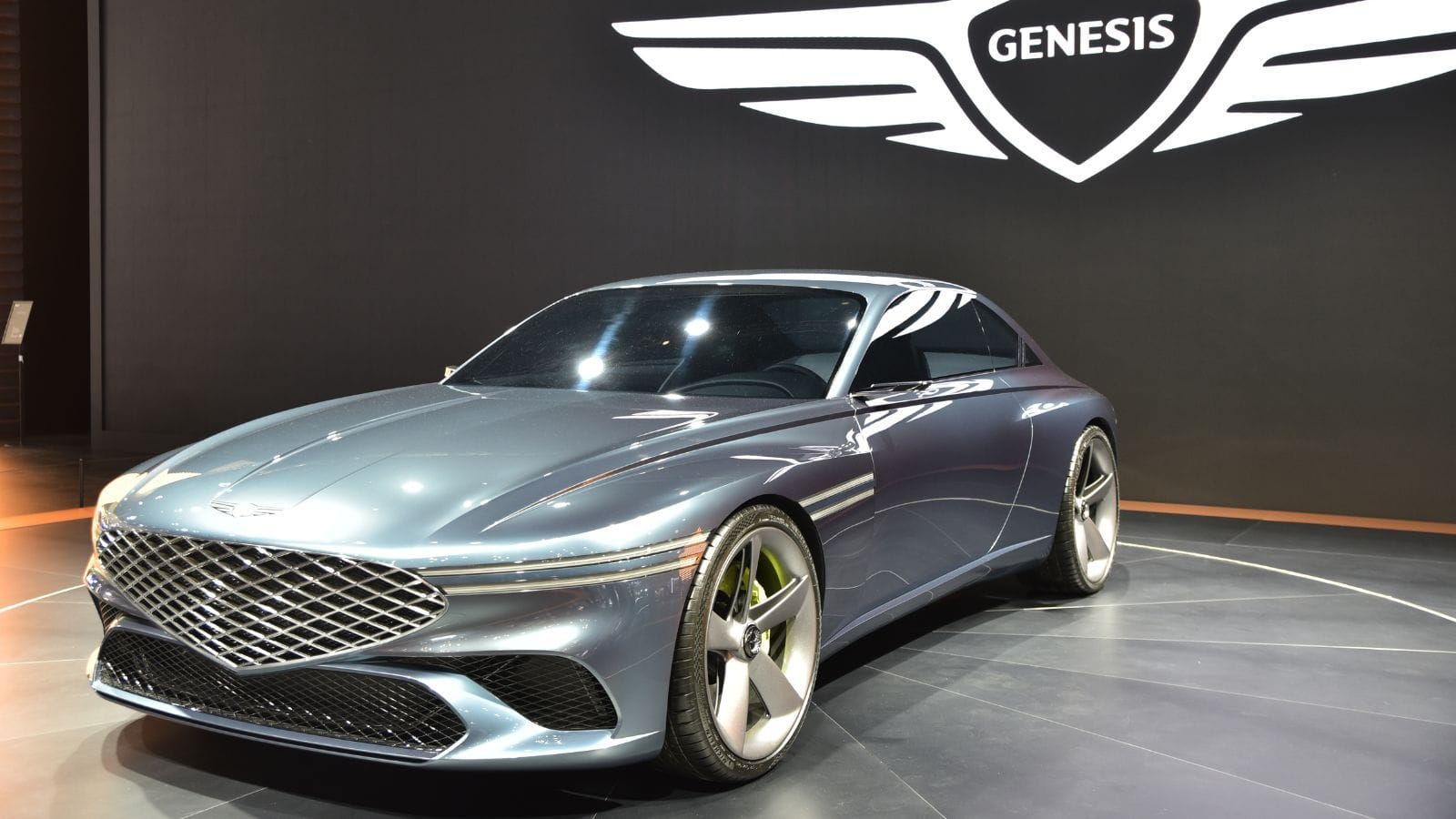
Genesis launched in Canada as a luxury disruptor, offering full-size sedans and crossovers at unmatched prices, complete with concierge delivery and extended warranties. However, as the brand shifts more North American production to the U.S., tariffs are beginning to take a bite. Newer models, such as the GV70 and Electrified G80, are seeing higher MSRPs and tighter inventories, and Genesis’ all-inclusive pricing strategy is under pressure, as monthly payments are creeping into traditional luxury territory. For Canadians who praised its value, the once-clear advantage is now murkier, especially as tariff complications continue to weigh on logistics and parts sourcing.
25 Facts About Car Loans That Most Drivers Don’t Realize

Car loans are one of the most common ways people fund car purchases. Like any other kind of loan, car loans can have certain features that can be regarded as an advantage or a disadvantage to the borrower. Understanding all essential facts about car loans and how they work to ensure that you get the best deal for your financial situation is essential. Here are 25 shocking facts about car loans that most drivers don’t realize:
25 Facts About Car Loans That Most Drivers Don’t Realize
